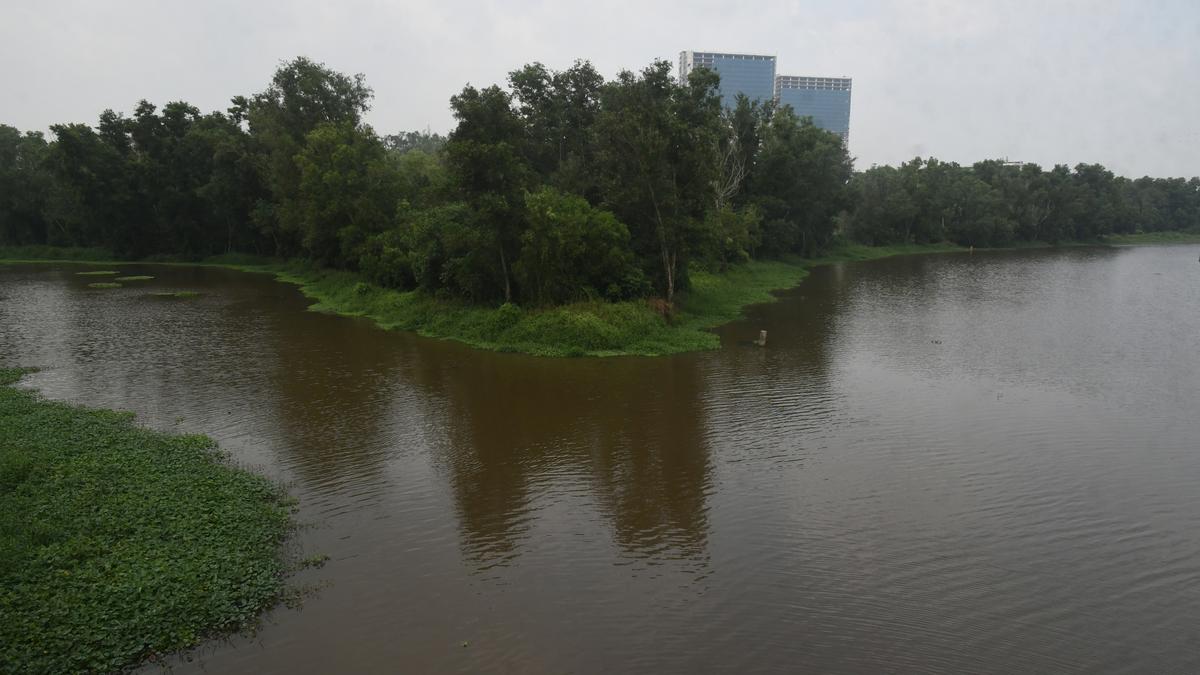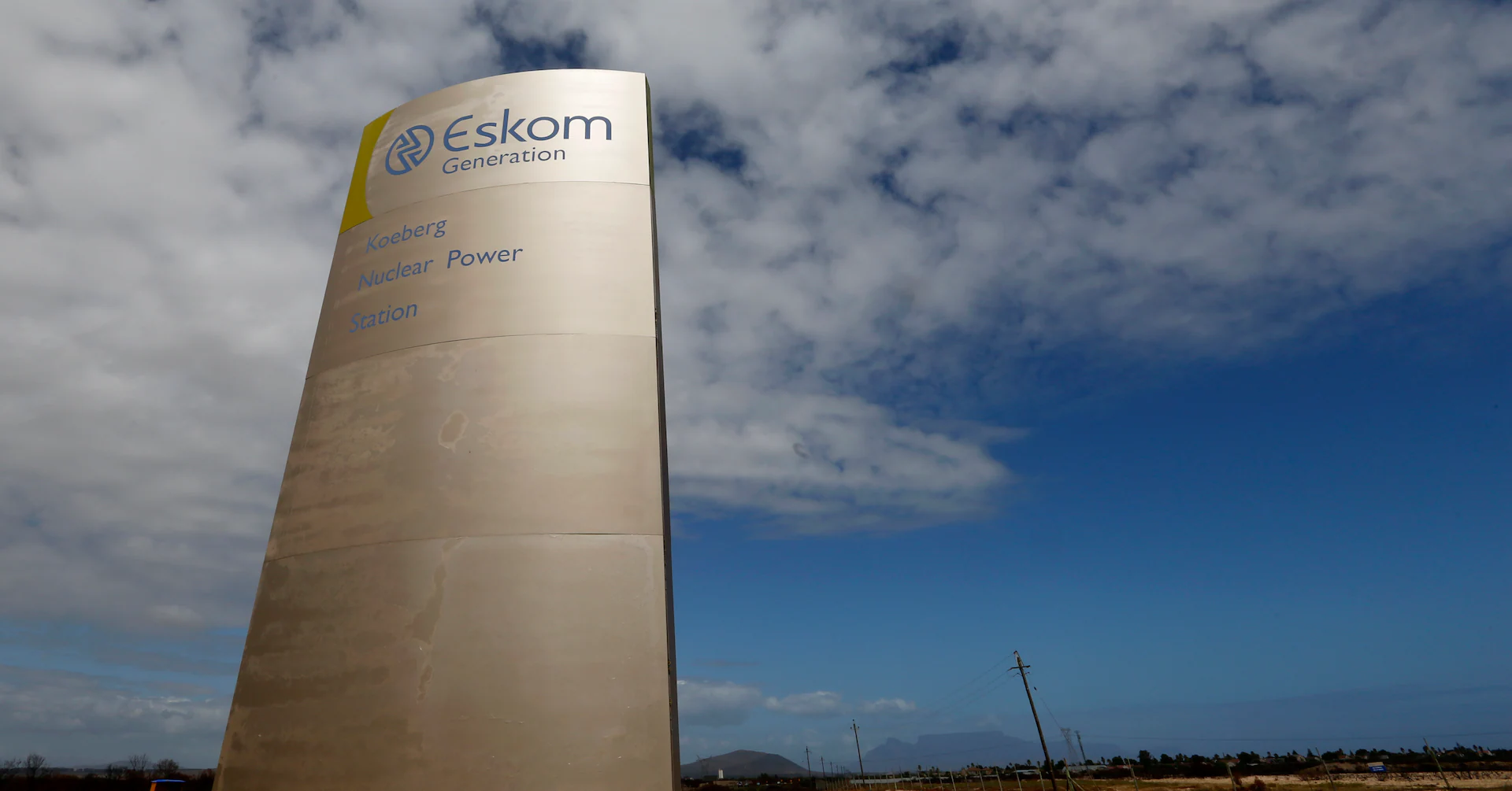By The Hindu Bureau
Copyright thehindu

The Manakkakadavu stretch of the Kadambrayar in Ernakulam recorded the highest level of total coliform, indicating faecal contamination, among the eight stations in the district included in the National Water Quality Monitoring Programme of the Central Pollution Control Board (CPCB) in July 2025.
The findings were part of the report dated September 16, 2025 prepared by the Kerala State Pollution Control Board on critically polluted river stretches in Kerala. Five of the monitoring stations are located along the Periyar river stretches at Eloor, Aluva, Pathalam, and Kalamassery.
Samples were collected from the Brahmapuram and Manakkakadavu monitoring stations along the Kadambrayar. The monitoring station in Chitrapuzha river is located at Irumpanam. Samples are collected from these fixed locations every month as part of the monitoring programme.
The total coliform level was 7,900 MPN (most probable number) per 100 ml in samples collected from the monitoring station at Manakkakadavu. The CPCB has prescribed a maximum total coliform level of 2,500 per 100 ml under the primary water quality criteria for outdoor bathing.
On the Brahmapuram stretch, the total coliform level was 2,600 MPN/100 ml. In the Periyar, the total coliform levels at Eloor and Pathalam were 1,500 MPN/100 ml and 2,400 MPN/100 ml respectively. At Kalamassery, it was 2,100 MPN/100 ml.
The CPCB’s National Water Quality Monitoring Programme conducted between January and December 2024 had revealed that the water quality parameters at 13 monitoring stations along the Periyar in Idukki, Thrissur and Ernakulam districts had failed to comply with norms.
The analysis had revealed that all 13 locations failed to meet the primary water quality criteria for outdoor bathing, as notified under the Environment (Protection) Rules, 1986. The parameters of non-compliance included dissolved oxygen, pH, biochemical oxygen demand, faecal coliform, and faecal streptococci, according to the CPCB.



